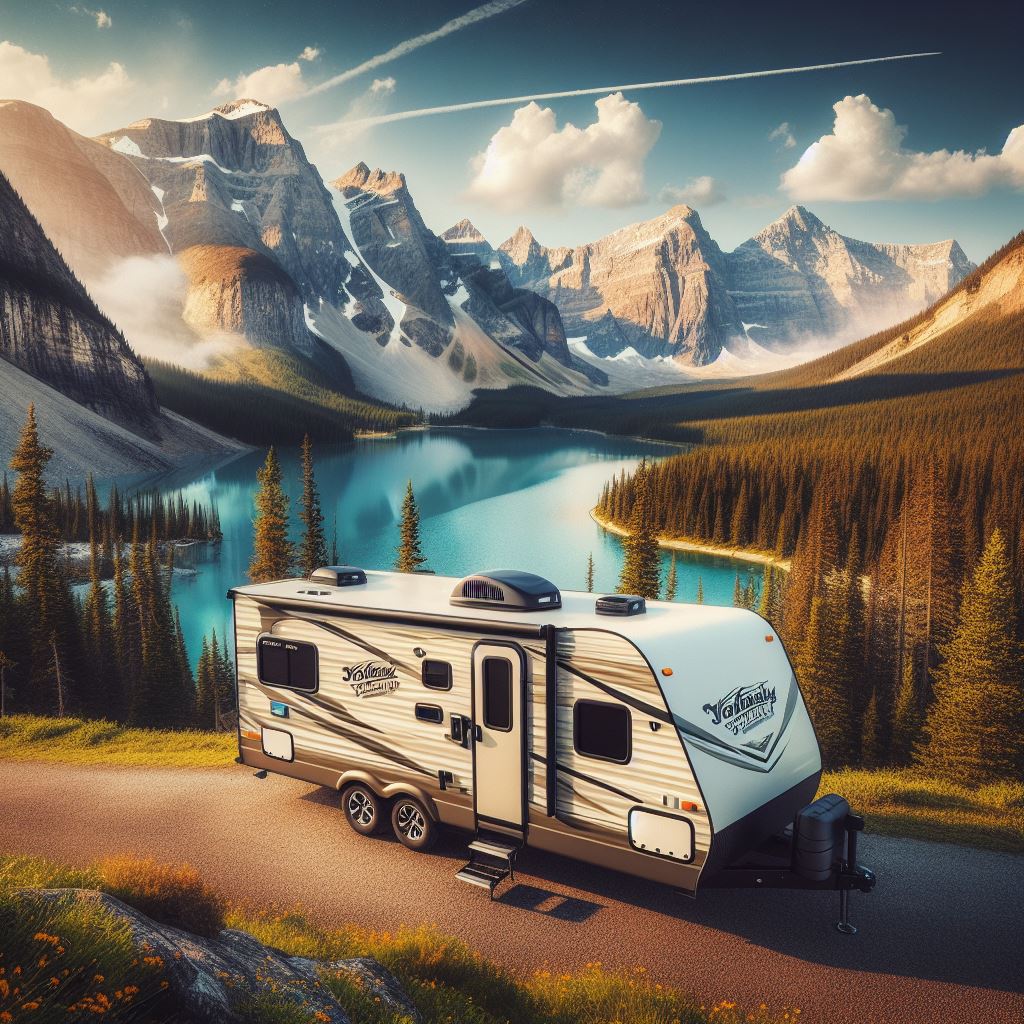Driving through Yellowstone National Park made me think of the initiation of these parks and the potential drivers.
The establishment of the United States National Park System stands as a testament to the nation’s commitment to preserving its natural wonders for future generations. However, the journey towards the creation of these parks was not without its challenges, particularly concerning the intricate relationship between conservation efforts and the interests of industries such as oil. In this blog post, we delve into the history of the US national parks and examine the complex interactions between conservation and the oil industry.
The Birth of the National Park System
- The concept of preserving natural landscapes for public enjoyment originated in the mid-19th century.
- Influential figures like John Muir and Theodore Roosevelt played pivotal roles in advocating for the protection of wilderness areas.
- In 1872, Yellowstone National Park was established as the world’s first national park, followed by the creation of other iconic parks such as Yosemite, Grand Canyon, and Zion.
Conservation vs. Exploitation
- As the national park system expanded, conflicts arose between conservationists seeking to safeguard natural resources and industries eyeing profitable ventures.
- The oil industry, in particular, saw potential in the lands surrounding national parks for exploration and extraction of resources.
- The Teapot Dome scandal in the 1920s highlighted the controversial leasing of public lands, including those near national parks, for oil drilling.
Challenges and Controversies
- Throughout the 20th century, the tension between conservationists and the oil industry continued to escalate.
- Proposals for drilling near national parks sparked fierce debates, with environmentalists warning of irreversible damage to fragile ecosystems.
- In some cases, political pressure and lobbying efforts led to compromises that allowed limited oil exploration in areas adjacent to national parks.
While there isn’t direct evidence to suggest that the oil and car industries lobbied specifically for the creation of national parks to proliferate cars and gasoline consumption, it’s worth considering the broader context of industrial expansion during the early 20th century.
**The Rise of the Automobile Industry**
– The early 20th century witnessed the rapid growth of the automobile industry, driven by innovations in manufacturing and transportation technologies.
– Companies like Ford, General Motors, and Chrysler played significant roles in popularizing car ownership and establishing a culture of automobile travel.
**Infrastructure Development**
– The expansion of the road network in the United States was driven by various factors, including urbanization, industrialization, and the increasing popularity of automobiles.
– The Good Roads Movement, which advocated for improved roads for both economic and recreational purposes, gained momentum during this period.
– Improved road infrastructure not only facilitated the movement of goods and people but also made remote natural landscapes more accessible to the public.
**Tourism and Recreation**
– National parks were promoted as destinations for outdoor recreation and tourism, appealing to a growing middle-class population seeking leisure activities.
– The establishment of scenic highways and parkways, such as the Blue Ridge Parkway and the Pacific Coast Highway, further encouraged automobile travel to national parks and other natural attractions.
**Indirect Influence**
– While there isn’t direct evidence of lobbying by the oil and car industries for the creation of national parks, it’s possible that the expansion of road networks and the promotion of automobile tourism indirectly benefited these industries.
– The availability of scenic routes and recreational destinations may have incentivized car ownership and increased gasoline consumption, contributing to the profitability of the oil and automotive sectors.
While there may have been synergies between the growth of the automobile industry and the promotion of national parks for recreational purposes, it’s important to recognize that the establishment of national parks primarily stemmed from conservation efforts and the desire to preserve natural landscapes for future generations. However, the development of road infrastructure and the rise of automobile tourism undoubtedly influenced patterns of consumption and transportation in the United States during the 20th century.
References:
1. National Park Service. (n.d.). Historic Places: National Park Roads. https://www.nps.gov/subjects/roads/national-park-roads.htm
2. National Park Foundation. (2020). The Good Roads Movement and National Parks. https://www.nationalparks.org/connect/blog/good-roads-movement-and-national-parks
Modern Perspectives and Policies
- In recent years, concerns over climate change and environmental degradation have prompted a reevaluation of energy policies and land management practices.
- The Obama administration imposed restrictions on oil and gas drilling near national parks, emphasizing the need to prioritize conservation and sustainability.
- However, the Trump administration rolled back many of these regulations, prioritizing energy development over environmental protection.
Looking Ahead
- The ongoing debate over the relationship between the oil industry and national parks underscores the need for balanced and informed decision-making.
- As the world faces mounting environmental challenges, the preservation of natural landscapes becomes increasingly critical.
- Sustainable practices and innovative technologies offer potential solutions for minimizing the ecological footprint of industries while safeguarding pristine wilderness areas.
The formation of the US national parks represents a triumph of conservation ideals over exploitation, yet the shadow of the oil industry looms large over these cherished landscapes. As we navigate the complexities of the modern world, it is imperative to uphold the principles of environmental stewardship and ensure that the legacy of the national parks endures for generations to come.
References:
- National Park Service. (n.d.). History & Culture. https://www.nps.gov/aboutus/history.htm
- The Wilderness Society. (2020). Oil and Gas Threats to Our National Parks. https://www.wilderness.org/articles/article/oil-and-gas-threats-our-national-parks
- National Geographic. (2016). The National Parks’ Dirtiest Secret. https://www.nationalgeographic.com/magazine/article/national-parks-environmental-impact-oil-industry



